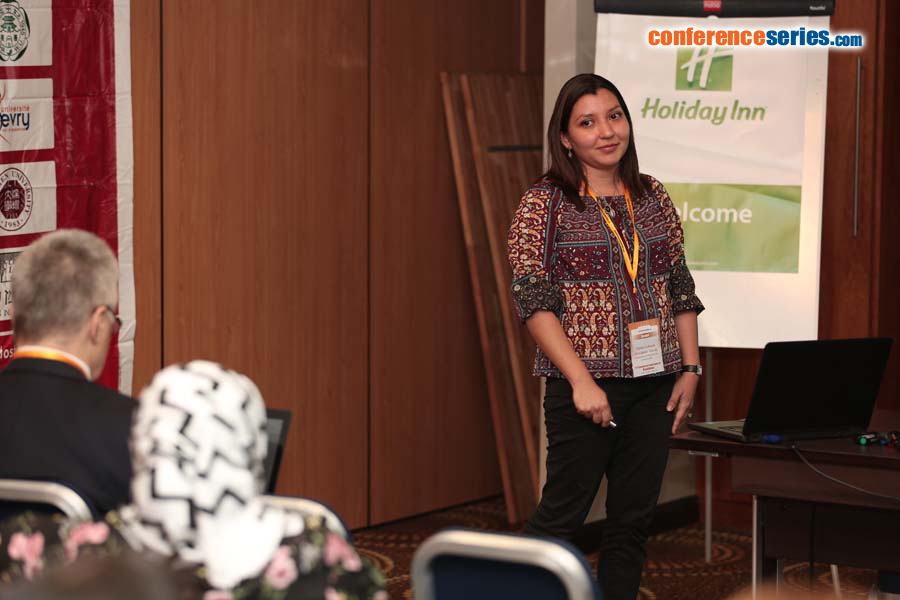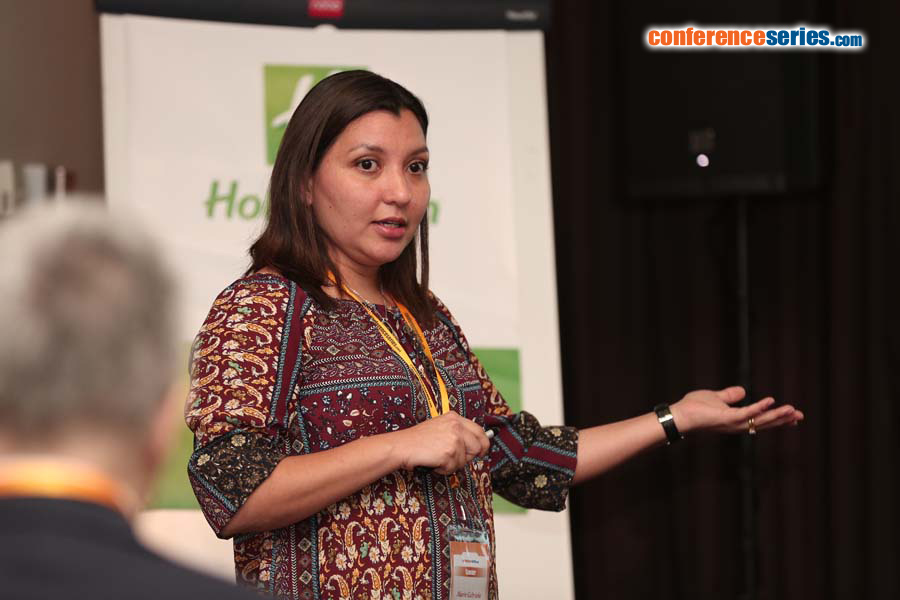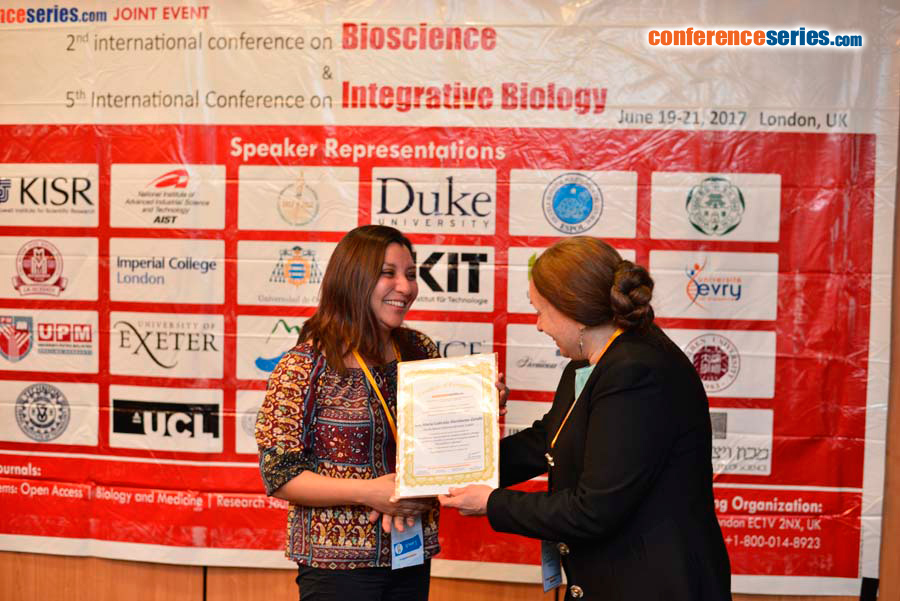
Maria Gabriela Mariduena-Zavala
Centro de Investigaciones Biotecnológicas del Ecuador, Ecuador
Title: Metabolomic-based pathway analysis proposes changes in membrane fluidity of metalaxyl-resistant isolates of Phytophthora infestans
Biography
Biography: Maria Gabriela Mariduena-Zavala
Abstract
Potato production is continuously being threatened by Phytophthora infestans, the most important potato pathogen worldwide. Applications of phenylamide fungicides including metalaxyl have been used to control this pathogen, causing the development of fungicide resistance in P. infestans. Despite the importance of the disease, no metabolomics-based characterization of fungicide resistance development in P. infestans has been reported. Isolates of P. infestans were obtained from the most important potato production areas in Ecuador. The resistance of Phytophthora infestans isolates to metalaxyl was evaluated in vitro and the GC-MS metabolite profile of all isolates was assessed at 0, 0.5 and 100 mg/L of metalaxyl. All metabolites were mapped to potential pathways using KEGG pathway mapping with Pseudocercospora fijiensis as the model organism. Only 30% of the isolates tested were sensitive to the low doses of metalaxyl and a total of 49 metabolites were differentially expressed in resistant isolates growing in the presence of the fungicide. Metabolites such as hexadecanoic and octadecanoic acids; glucose, fructose, proline, valine, butanedioic and propionic acids were overexpressed in resistant isolates. Potential resistance-related metabolic pathways were mostly involved in the regulation of the pathogen’s membrane fluidity and included the fatty acid biosynthesis as well as the glycerophospholipid metabolism pathways. No metalaxyl residues were found in resistant isolates, suggesting that the fungicide was not able to penetrate the membranes.





